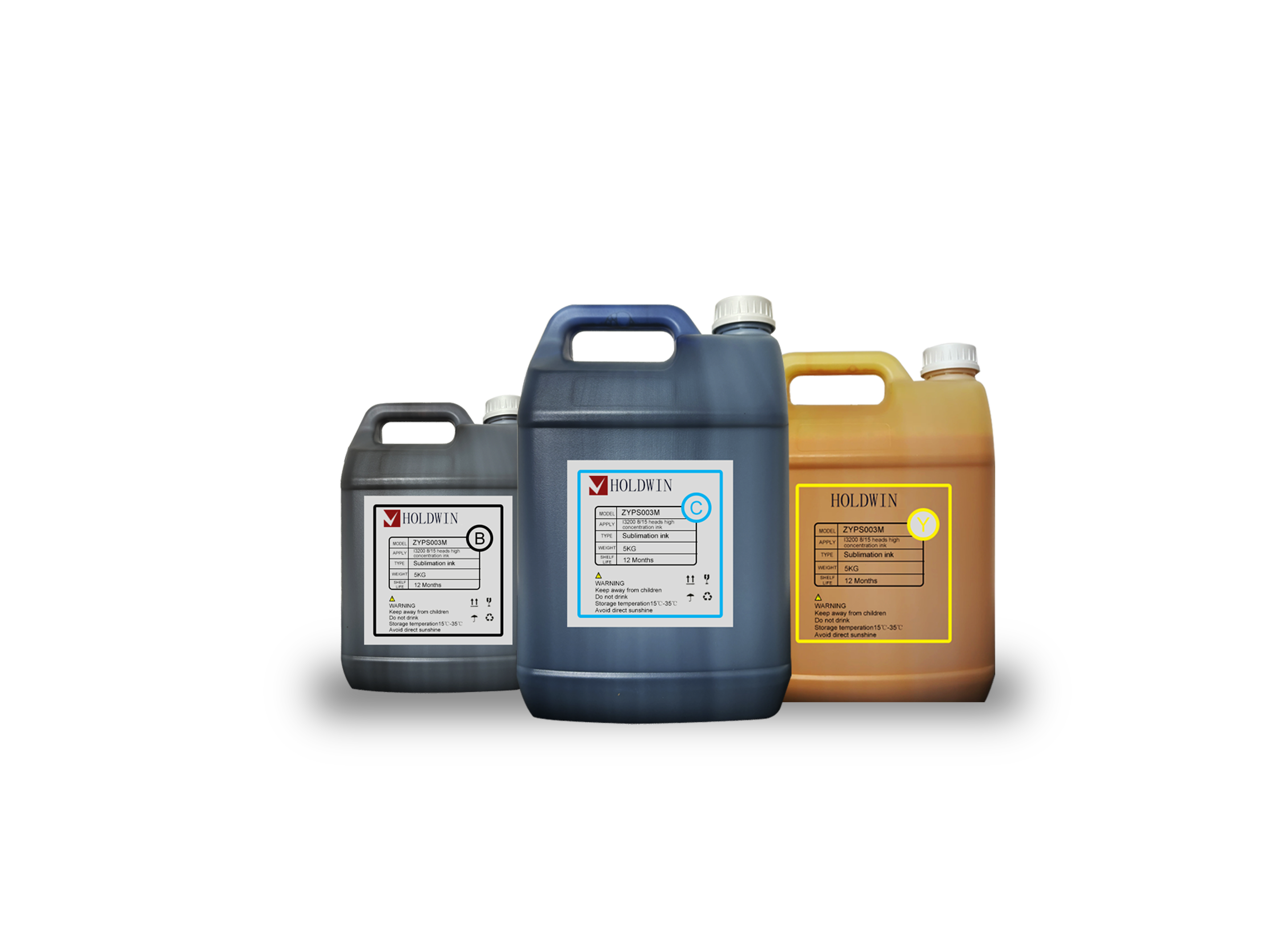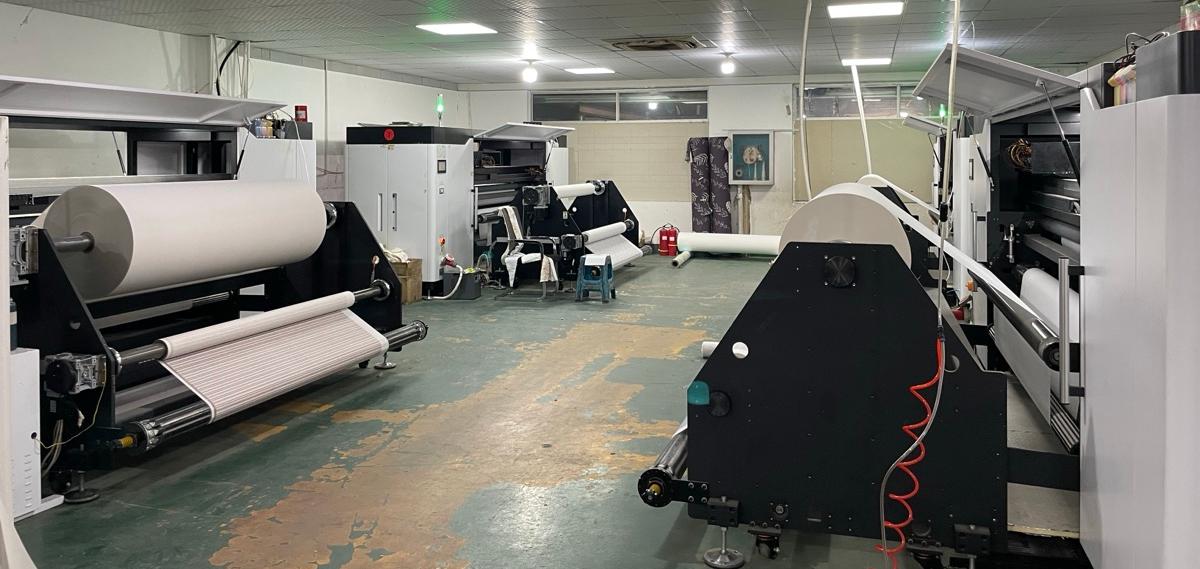
Digital printing has revolutionized the textile industry over the past few decades, providing new opportunities for customization, faster production, and reduced waste. As the global textile sector faces mounting pressure to adopt sustainable practices, digital printing technologies are poised to play a pivotal role in shaping the future of sustainable development. This article explores how digital printing is influencing sustainability in textile manufacturing, with a particular focus on technologies such as sublimation transfer, DTF (Direct to Film), and UV DTF, as well as the opportunities and challenges these innovations present for the future.
The textile industry is one of the largest polluters in the world, responsible for significant water consumption, chemical waste, and carbon emissions. Traditional textile printing methods often involve large amounts of water and energy, while generating harmful waste products. However, digital printing technologies, with their precision and efficiency, offer a path toward more sustainable practices.
Unlike traditional screen printing, which requires the preparation of multiple screens and large quantities of ink, digital printing only uses the amount of ink necessary for each design. This means less waste, fewer chemicals, and reduced water usage, especially with advanced technologies like UV DTF printing, which eliminates the need for water-based processes altogether. Furthermore, digital printers can easily be calibrated for each individual design, reducing overproduction and enabling more efficient material use.

Sublimation transfer printing is a widely used digital printing technique that is particularly beneficial for synthetic fabrics like polyester. The process involves turning solid dye particles into gas without passing through a liquid state, which allows the dye to bond directly with the fabric fibers. This results in vibrant, long-lasting colors that don’t fade or wash away easily.
One of the key environmental benefits of sublimation transfer printing is its water efficiency. Unlike traditional printing methods that require large volumes of water for dyeing fabrics, sublimation requires minimal water use. Moreover, the waste generated during sublimation is relatively low, making it an ideal choice for eco-conscious textile manufacturers.
Direct to Film (DTF) printing is an emerging technology that involves printing designs onto a transfer film, which is then transferred onto fabric using heat. This method is especially popular for its versatility in printing on both light and dark fabrics, and its ability to produce vibrant, durable prints with fine detail.
From a sustainability standpoint, DTF printing uses fewer resources compared to traditional screen printing. It eliminates the need for screens, chemicals, and large ink volumes. Additionally, the process allows for the printing of smaller batches and customized designs, significantly reducing the amount of fabric and ink wasted during production.

UV DTF (Ultraviolet Direct to Film) is a more recent innovation that utilizes UV-curable inks. The process is similar to standard DTF printing, but with the key difference that the ink is cured using UV light, making it more eco-friendly and energy-efficient. The UV curing process also results in prints that are more durable and resistant to fading, reducing the need for frequent reprints or fabric replacements.
The reduced reliance on solvents and water in UV DTF printing makes it a more sustainable option for textile manufacturers looking to reduce their environmental impact. The technology’s ability to print on a wide range of materials, including non-porous surfaces like synthetic fabrics, leather, and plastics, also expands its potential for diverse applications.
As we look toward the future, the textile industry is poised to see continued advancements in digital printing technologies, each contributing to greater sustainability.
Automation and AI are already beginning to play a significant role in optimizing digital printing processes. AI-driven printers can adjust ink density and color saturation in real-time, ensuring more precise applications that reduce ink and material waste. Furthermore, AI can predict demand trends and optimize production schedules, helping manufacturers reduce overproduction and inventory waste.
The development of bio-based and water-based inks is a growing trend in digital printing. These inks are derived from renewable resources and are free from harmful chemicals typically found in conventional inks. As consumers and manufacturers alike demand more eco-friendly products, the shift toward sustainable materials and inks is expected to accelerate.
Additionally, the use of sustainable textiles, such as organic cotton, bamboo fibers, and recycled polyester, is gaining momentum. These fabrics, when combined with digital printing techniques, offer a powerful combination of sustainability and high-quality, customizable designs.

As a leader in the digital printing industry, HOLDWIN is committed to advancing sustainable practices through the development of cutting-edge technologies. Our ability to rapidly innovate and offer personalized solutions to meet the unique needs of our customers positions us as a global player in the future of textile printing.
At HOLDWIN, we understand that sustainability is not just a trend, but a necessary shift in how we approach manufacturing. Our digital printing solutions are designed to minimize waste, optimize material usage, and reduce the environmental footprint of textile production. By combining the latest technologies with a commitment to eco-friendly practices, we are setting the stage for a more sustainable future in textile printing.

Digital printing has already made significant strides toward sustainability in the textile industry, offering innovative solutions to reduce waste, conserve water, and minimize environmental impact. Technologies like sublimation transfer, DTF, and UV DTF are paving the way for a more sustainable future, while advancements in AI, bio-based inks, and sustainable fabrics promise to drive further innovation.
As a company, HOLDWIN is proud to contribute to this transformation by providing cutting-edge digital printing technologies and personalized solutions to our clients. Our global perspective and commitment to sustainability ensure that we remain at the forefront of the industry, leading the charge toward a greener, more sustainable textile manufacturing process.
“We’ve been working with HOLDWIN for over a year, and the impact their digital printing technology has had on our operations is nothing short of remarkable. Not only has their UV DTF technology helped us reduce waste and lower production costs, but it has also allowed us to offer our clients more personalized, high-quality products faster than ever before. The team at HOLDWIN is always quick to respond to our needs and provide tailored solutions that make a real difference in our business.”

Zhiyu is passionate about good products, good services, and good prices to let consumers know that choosing us is the right choice! For partners and end customers, we will provide one-on-one considerate smart services and provide you with more high-quality procurement solutions.